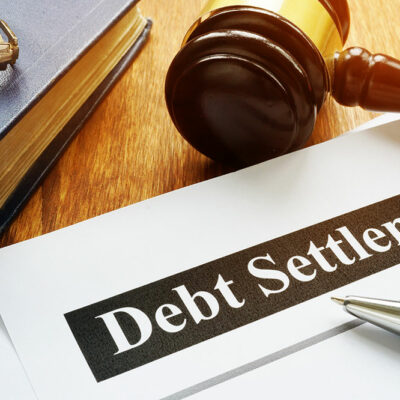
5 things to do with the placenta after birth
The placenta is an organ that forms during a pregnancy. It is attached to the uterus lining and helps deliver oxygen and nutrients to the fetus via the umbilical cord. In several cultures, there are different ways that the placenta is used and honored after a mother gives birth. Many individuals prefer using the placenta meaningfully rather than discarding it after the birthing process, so here are some things that can be done.
Donate the placenta
Some people choose to donate their placenta, which can be used in many procedures. Since this organ is a nutrient-dense tissue, it can help in reconstructive surgeries like healing wounds and burns, spinal surgeries, ocular procedures, and a lot more. Some dedicated organizations help with this donation for completely free, but it is important to have this conversation with one’s healthcare provider so they can help with making the right arrangements. There might be some formalities, like filling out a form and some paperwork ahead of time, so it is vital to get this done beforehand.
Plant the placenta
Many people choose to do this. Some people feel attached to the placenta and feel like it needs to be honored instead of donated. So, they choose to plant the placenta in the yard. In some cultures, it symbolizes the baby’s link to Mother Earth, and one may like to symbolize the growing tree with their growing child. Some people also choose to simply bury it in their yard and have a ceremony to honor it. This is more of an acknowledgment of how this organ helped in keeping the baby healthy and nourished through the pregnancy.
Eat it
This practice is known as placentophagy, wherein some people choose to ingest the placenta after giving birth. Some people eat it as it is, some cook it, some take it in the form of a capsule, and some even add it to a smoothie. There isn’t any scientific proof to suggest that eating the placenta helps with any nutrient intake; however, according to anecdotal evidence, it has helped many women through postpartum ups and downs. They have observed higher energy levels, and some even claim that it helps them with milk production. This is a practice that should be done under the guidance of a healthcare professional, as it can also have severe side effects.
Make jewelry out of it
There are some companies that make jewelry out of the placenta. They can take a part of it and turn it into a pendant, a bracelet with beads, earrings, or anything else that one may like. If one has a design idea, the company can incorporate the idea into the jewelry design.
Lotus birth
This means that the placenta remains attached to the baby after the birth. Usually, the cord and the placenta automatically separate from the baby after 3 to 10 days of birth, so some people choose to go with the lotus birth option.
Always speak to a healthcare specialist to understand what are the safe options available for both the mother and the baby when it comes to honoring the placenta.


